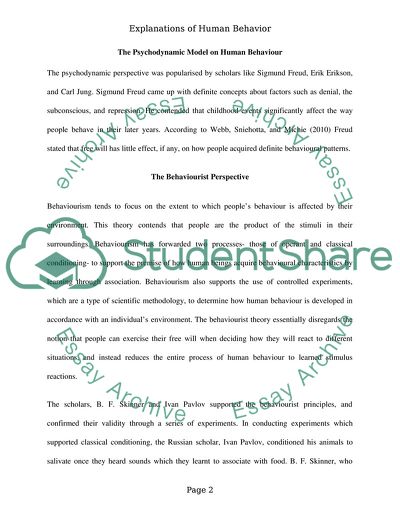Cite this document
(Explanations of Human Behaviour Coursework Example | Topics and Well Written Essays - 3250 words, n.d.)
Explanations of Human Behaviour Coursework Example | Topics and Well Written Essays - 3250 words. https://studentshare.org/psychology/1829717-explanations-of-human-behaviour
Explanations of Human Behaviour Coursework Example | Topics and Well Written Essays - 3250 words. https://studentshare.org/psychology/1829717-explanations-of-human-behaviour
(Explanations of Human Behaviour Coursework Example | Topics and Well Written Essays - 3250 Words)
Explanations of Human Behaviour Coursework Example | Topics and Well Written Essays - 3250 Words. https://studentshare.org/psychology/1829717-explanations-of-human-behaviour.
Explanations of Human Behaviour Coursework Example | Topics and Well Written Essays - 3250 Words. https://studentshare.org/psychology/1829717-explanations-of-human-behaviour.
“Explanations of Human Behaviour Coursework Example | Topics and Well Written Essays - 3250 Words”. https://studentshare.org/psychology/1829717-explanations-of-human-behaviour.


